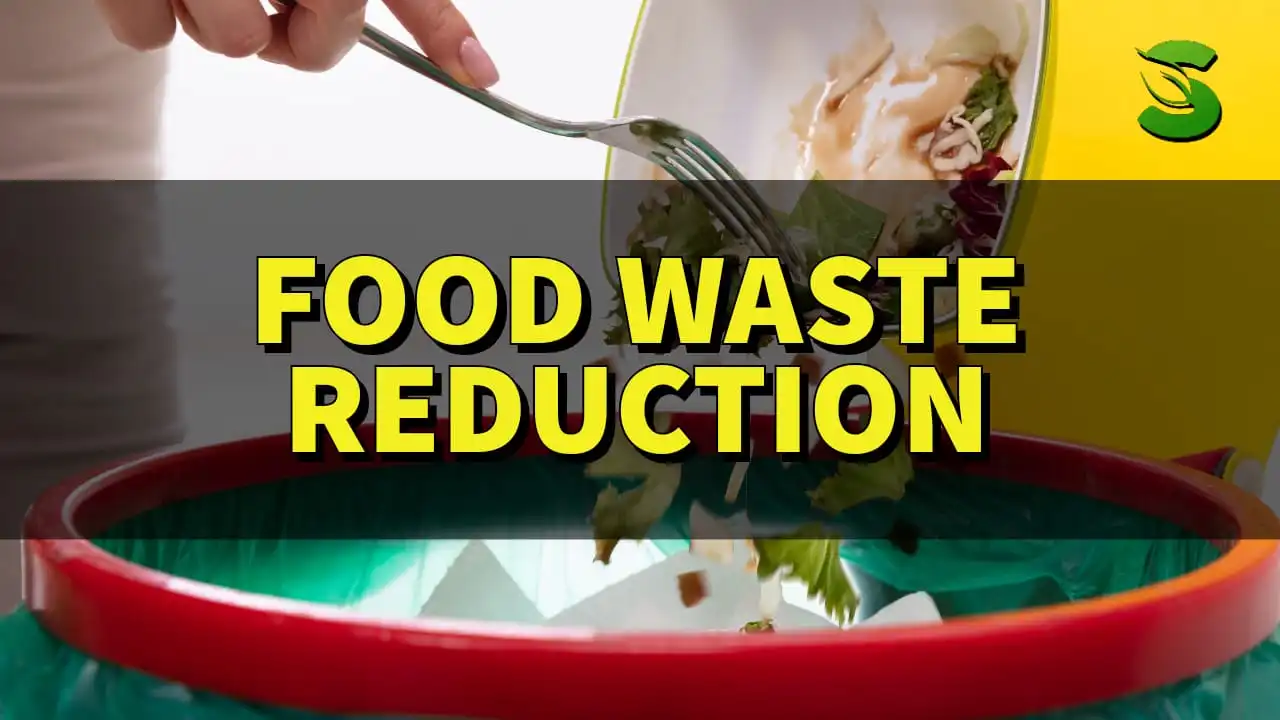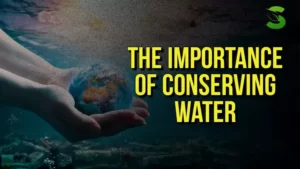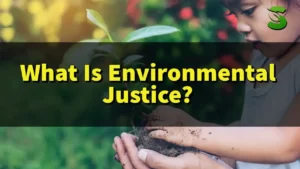Food waste is a global crisis with far-reaching consequences. An estimated 1.3 billion tons of food are wasted annually, accounting for roughly one-third of all food produced. This not only represents a colossal squandering of resources but also has significant environmental, economic, and social ramifications.
The environmental impact of food waste is undeniable. Decomposing food in landfills releases harmful greenhouse gases, contributing to climate change. It also pollutes water sources and depletes precious land and water resources used for food production.
Economically, food waste represents a staggering financial loss. The value of wasted food globally is estimated to be around $1 trillion annually. This translates to lost livelihoods for farmers, distributors, and retailers.
Socially, food waste exacerbates global hunger and malnutrition. In a world where millions face food insecurity, the sheer volume of food going to waste is a moral imperative to address.
The good news is that we can combat food waste. By implementing effective strategies at individual, business, and community levels, we can significantly reduce this problem and contribute to a more sustainable future.
Understanding the Scope of Food Waste
Food waste: A seemingly innocuous term that masks a global crisis of colossal proportions. It encompasses any edible food discarded at any stage of the food chain – from farm to fork and beyond. Spoiled produce at the supermarket, uneaten leftovers on your plate, even the wilted carrot tucked away in the bottom of your crisper drawer – all contribute to this staggering issue.
The implications are far-reaching, impacting not just our wallets but also the very planet we inhabit. Imagine mountains of wasted food, equivalent to one out of every three bites produced globally, decomposing in landfills. This putrefying feast releases potent greenhouse gases like methane, a culprit in accelerating climate change. The resources squandered in producing, processing, and transporting this lost food – water, land, energy – could nourish millions facing hunger.
Let’s delve deeper into the shocking statistics that paint a grim picture:
- 1.3 billion tons of food are wasted annually, roughly one-third of all food produced. That’s enough to feed 2 billion people – nearly a quarter of the world’s population!
- The economic cost of this extravagance is equally staggering. Food waste translates to a yearly financial loss of $1 trillion, impacting farmers, distributors, and retailers alike.
- Imagine the colossal amount of land used to grow food that never reaches a plate. Food waste accounts for the unnecessary degradation of 1.4 billion hectares of land, an area larger than Mongolia.
But where does this rampant waste originate? The root causes are complex and multifaceted, woven into the very fabric of our food system:
- Production and supply chain inefficiencies: Inefficient harvesting practices, poor storage and transportation conditions, and inadequate infrastructure contribute to significant losses even before food reaches consumers.
- Consumer behavior: Overbuying, poor planning, and lack of awareness about proper storage and usage lead to households discarding perfectly edible food.
- Food industry practices: Cosmetic standards that lead to discarding “ugly” produce, confusing expiration date labels, and overproduction to meet fluctuating demand also contribute to the problem.
Understanding the scope of food waste is the first crucial step towards tackling this pressing issue. By acknowledging the severity and complexity of the problem, we can pave the way for effective solutions to minimize waste and build a more sustainable food system for future generations.
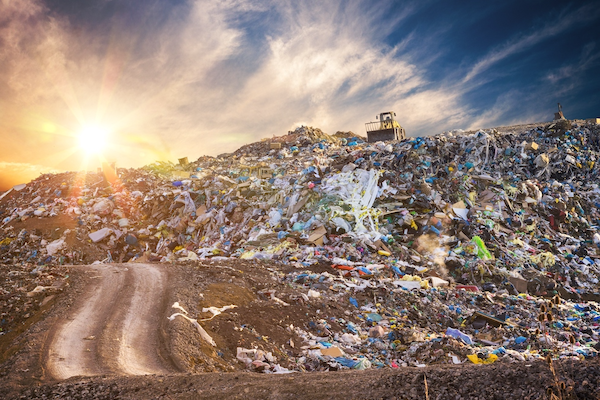
mountains of wasted food in a landfill
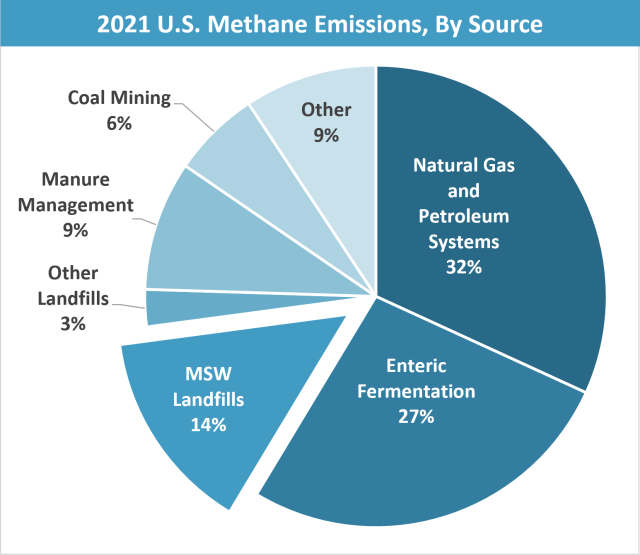
methane gas emissions from a landfill

person throwing away food
Remember, we are all part of the food chain. By understanding our role and making conscious choices, we can collectively chip away at this monumental challenge.
Prevention at the Source – Nipping Food Waste in the Bud
Tackling food waste requires a multi-pronged approach. While awareness and consumer behavior are crucial, the seeds of change must be sown right at the source – in the fertile fields and bustling warehouses where our food journey begins. Let’s explore ways to prevent food waste before it ever has a chance to take root.
Cultivating Smarter: Embracing Sustainable Agricultural Practices
Imagine fields teeming not just with produce but with intelligent technologies that minimize waste. This is the vision of precision agriculture, where data-driven techniques optimize resource utilization and reduce losses. Sensors monitor soil moisture and nutrient levels, guiding targeted irrigation and fertilization that prevent overwatering and nutrient leaching. Advanced pest management strategies, like introducing natural predators or employing pheromone traps, minimize reliance on harmful chemicals and protect crops from spoilage.
Crop rotation, a time-honored practice, also plays a vital role. By planting different crops in sequence, farmers can enhance soil health, combat pests and diseases, and improve overall yield. This reduces the need for excessive pesticides and fertilizers, further minimizing environmental impact and potential losses.
Building a Resilient Supply Chain: Minimizing Post-Harvest Losses
The journey from farm to fork is fraught with hurdles. Imagine the heartbreak of perfectly ripe mangoes rotting in transit due to inadequate storage facilities or rough handling. Investing in resilient infrastructure, like temperature-controlled storage units and efficient transportation systems, can significantly reduce post-harvest losses. Proper handling techniques, from careful harvesting to gentle packing, further ensure that fruits and vegetables reach consumers in their prime.
Packaging, once deemed a villain in the sustainability story, can be reimagined as a hero. Advancements in biodegradable and compostable materials ensure packaging doesn’t become another waste stream. Active and intelligent packaging, like those with CO2 absorbers or ethylene scavengers, can extend the shelf life of perishable goods, keeping them fresh and edible for longer.
Building Bridges: Collaboration for a Waste-Free Future
Preventing food waste isn’t a solitary sprint; it’s a collaborative marathon. Forging partnerships between farmers, suppliers, and retailers is critical to streamlining supply chains and optimizing production. Sharing data on market demand and consumer preferences can help farmers adjust their yields to avoid overproduction, while retailers can adjust their ordering practices to minimize the risk of spoilage.
Don’t let surplus food become a burden; let it become a blessing. Collaborating with food banks and charitable organizations can ensure that excess produce reaches those in need, instead of languishing in warehouses or ending up in landfills.
Prevention at the source is not just about saving food – it’s about nurturing a more sustainable future. By embracing cutting-edge technologies, fostering partnerships, and prioritizing responsible resource management, we can rewrite the narrative of food waste and ensure that every bite of food tells a story of nourishment, efficiency, and shared responsibility.

farmer using a drone to monitor crops
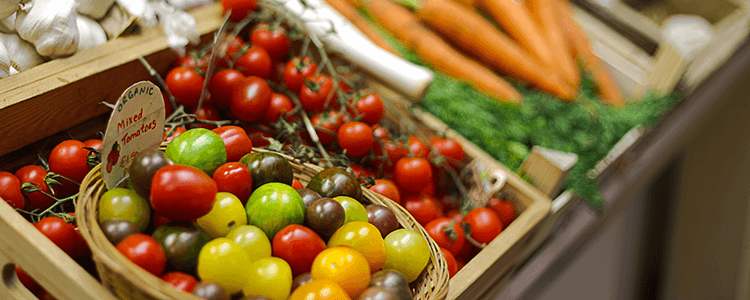
temperaturecontrolled storage unit for fruits and vegetables
Raising Awareness and Promoting Sustainable Consumption – Empowering Change at the Heart of the Plate
We’ve tackled the roots of the problem at the source. Now, let’s shift our focus to the heart of the food chain – our homes, supermarkets, and restaurants. This is where education, mindful consumption, and collaborative efforts can blossom into real, measurable change.
Cultivating Informed Choices: Empowering Consumers through Awareness
Imagine walking down the grocery aisle, armed not just with a shopping list but with the knowledge to make a difference. Effective awareness campaigns and educational programs can equip consumers with the tools to combat food waste at the individual level.
- Simple infographics and catchy slogans can highlight the staggering statistics and environmental impact of food waste, sparking a sense of responsibility and prompting action.
- Cooking demonstrations and workshops can teach people skills like proper meal planning, portion control, and creative leftovers transformations, empowering them to waste less food in the kitchen.
- Interactive apps and online resources can provide guidance on food storage techniques, expiration date interpretations, and tips for utilizing every edible part of vegetables and fruits.
Demystifying Labels and Packaging: Making Choices, Not Waste
Standing before a shelf brimming with packaged goods, confusion often reigns supreme. Clear and consistent expiration date labeling can eliminate ambiguity and prevent unnecessary food discards. Explanatory phrases like “Sell-by” and “Use-by” can guide consumers towards responsible choices.
Packaging, too, can play a vital role. Smaller, individual-sized options can cater to single households and minimize the risk of leftover spoilage. Portion-controlled pouches or containers for perishable items like cheese or sliced meats can also encourage responsible consumption.
Beyond Our Fridge Doors: Championing Sustainable Practices in Hospitality
Restaurants, catering services, and hotels play a crucial role in shaping food consumption patterns. Embracing sustainable practices can significantly reduce waste within these industries:
- Portion control is key. Offering smaller starters and main courses, with the option to upsize, can cater to diverse appetites and minimize leftover waste.
- Creative menu planning utilizing ingredients in multiple dishes and repurposing leftovers into new creations can maximize resource utilization and minimize discard.
- Partnerships with local food banks can ensure excess food finds a second life, nourishing those in need instead of contributing to landfill burdens.

family learning about food waste reduction in a workshop

clear and informative expiration date labels on food packagin
Innovations and Technology – Powering the Future of Food Waste Reduction
From fields bathed in the glow of sensor-studded crops to smartphones buzzing with food-sharing notifications, the fight against food waste is being fueled by a potent cocktail of innovation and technology. Let’s explore how these advancements are reimagining our relationship with food, minimizing waste, and paving the way for a more sustainable future.
Precision Farming Redefined: Data-Driven Solutions for Minimized Losses
Imagine fields no longer shrouded in uncertainty, but bathed in the light of data-driven intelligence. Smart farming empowers farmers with a suite of technology, from IoT sensors that monitor soil moisture and nutrient levels to precision irrigation systems that deliver water exactly where it’s needed. This, coupled with powerful data analytics platforms, helps optimize resource utilization, minimize fertilizer and water waste, and ultimately reduce losses during the production stage.
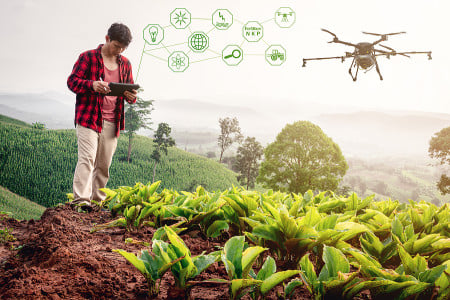
farmer using a tablet to monitor data from soil sensors
Connecting the Dots: Mobile Apps and Platforms Bridging the Waste Gap
Food waste often arises from a disconnect between supply and demand. Enter the world of smart apps and platforms that bridge this gap, fostering seamless connections and turning potential waste into edible opportunities.
- Food-sharing apps connect individuals with surplus food, be it home cooks with leftover ingredients or restaurants with excess produce. Imagine donating those forgotten apples before they turn brown instead of throwing them away!
- Meal planner apps help households optimize grocery purchases and plan meals efficiently, minimizing the risk of food spoilage due to overbuying or poor planning.
- Community platforms allow individuals to share food with neighbors, organize potlucks, and swap surplus ingredients, fostering a sense of shared responsibility and community around food.
Transforming Waste into Resource: Recycling and Composting Solutions
Food waste no longer needs to be the end of the story. Technological advancements offer innovative ways to turn it into valuable resources.
- Composting technologies, from backyard compost bins to large-scale industrial systems, allow food scraps and yard waste to be transformed into nutrient-rich compost, nourishing gardens and enriching soil.
- Anaerobic digestion harnesses the power of microorganisms to break down organic matter, producing biogas, a renewable energy source that can be used for heating, electricity generation, or even transportation.
:max_bytes(150000):strip_icc():format(webp)/BHG-gardening-yard-compost-diy-compost-bin-step-Hero-A-e6c108bdf3ea457aaf16435a04c0dcd2.jpg)
home compost bin
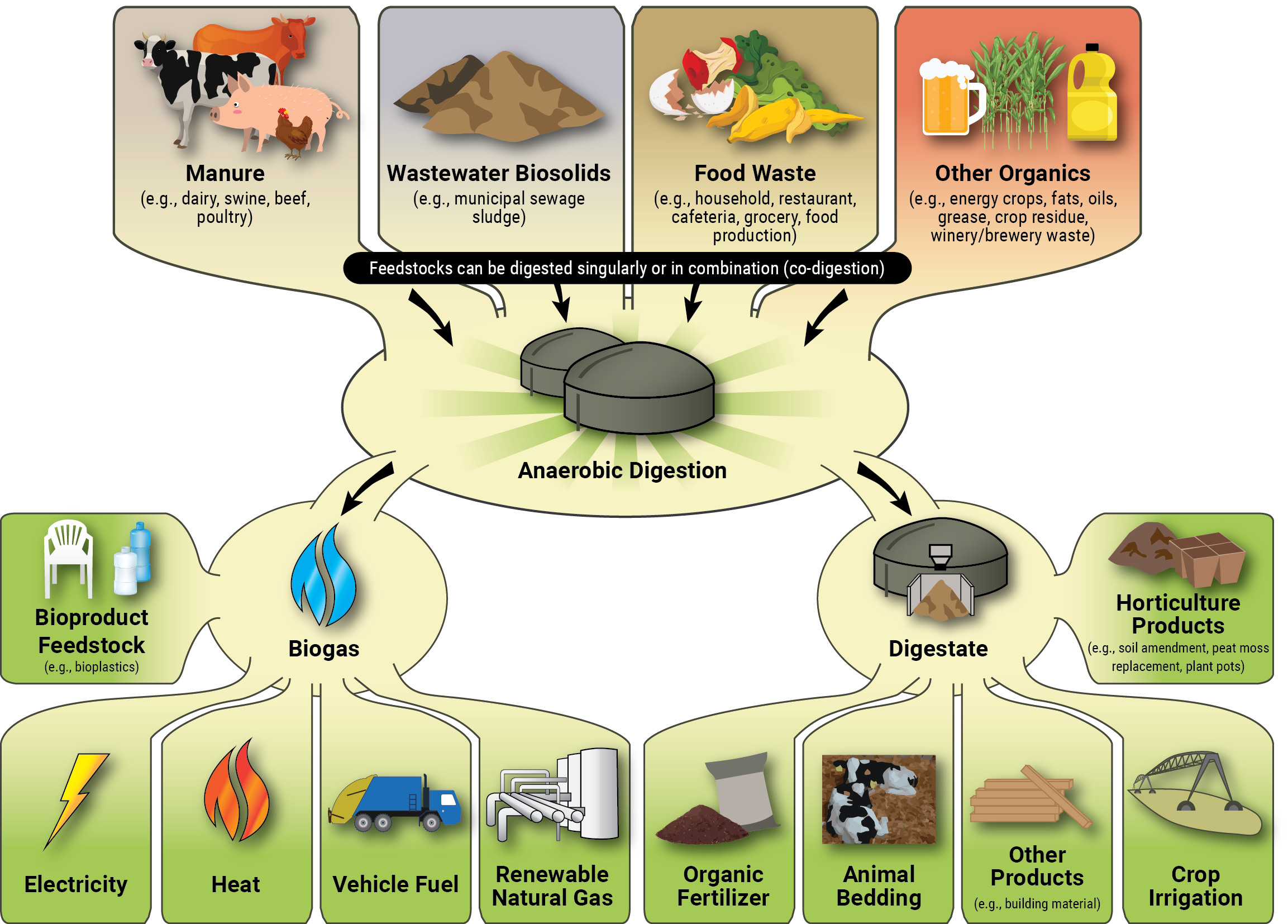
anaerobic digester producing biogas
These innovations and technologies are just the tip of the iceberg. From blockchain-powered supply chain tracking to AI-powered shelf-life prediction, the potential for technological solutions to combat food waste is boundless. By embracing these advancements and harnessing their power, we can rewrite the narrative of food waste and move towards a future where every bite tells a story of efficiency, sustainability, and shared responsibility.
FAQs: Navigating the Path to Zero Food Waste
Q: What constitutes food waste?
A: Food waste encompasses any edible food discarded at any stage of the food chain, from farm to fork and beyond. This includes spoiled produce, uneaten leftovers, expired food, and discarded “ugly” produce.
Q: How much food is wasted globally?
A: A staggering 1.3 billion tons of food are wasted annually, roughly one-third of all food produced. This is enough to feed 2 billion people, nearly a quarter of the world’s population!
Q: What are the impacts of food waste?
A: The consequences of food waste are far-reaching, impacting the environment, economy, and social welfare:
- Environmental: Decomposing food releases greenhouse gases like methane, accelerating climate change. It also pollutes water sources and depletes land and water resources used for food production.
- Economic: Food waste represents a colossal financial loss of around $1 trillion annually, impacting farmers, distributors, and retailers.
- Social: Food waste exacerbates global hunger and malnutrition. In a world where millions face food insecurity, the sheer volume of wasted food is a moral imperative to address.
Q: What can individuals do to reduce food waste?
A: There are many things individuals can do to make a difference:
- Plan meals and make a shopping list: Impulse buying often leads to food waste. Planning your meals and creating a shopping list helps you buy only what you need.
- Practice proper food storage: Learn how to store different types of food correctly to extend their shelf life. Invest in airtight containers and utilize your freezer effectively.
- Embrace “ugly” produce: Don’t be swayed by cosmetic imperfections. Imperfect fruits and vegetables are often just as delicious and nutritious as their aesthetically pleasing counterparts.
- Get creative with leftovers: Leftovers don’t have to be boring! Get creative and repurpose them into new dishes. Soups, stir-fries, and casseroles are great ways to transform leftovers into tasty meals.
- Compost food scraps: Composting is a fantastic way to give food scraps a second life. Compost can be used to enrich your soil and nourish your garden.
Q: What can businesses do to reduce food waste?
A: Businesses can implement various strategies:
- Optimize inventory management: Implement efficient inventory management systems to minimize food spoilage and overstocking.
- Donate surplus food: Partner with food banks and shelters to donate surplus food that would otherwise go to waste.
- Embrace imperfect produce: Just like individuals, businesses can also embrace “ugly” produce, often available at lower prices and reducing food waste throughout the supply chain.
- Invest in sustainable packaging: Use recyclable or compostable packaging to minimize waste generation.
- Educate employees: Train staff on food waste reduction practices and empower them to make informed decisions to minimize waste.
Q: What can communities do to reduce food waste?
A: Communities can play a crucial role:
- Support local farmers: Buying from local farmers helps reduce food waste associated with long-distance transportation. It also strengthens the local economy and fosters a more sustainable food system.
- Advocate for policy changes: Lobby for policies that encourage food waste reduction, such as tax breaks for businesses that donate surplus food or composting initiatives.
- Raise awareness: Organize community events and educational campaigns to raise awareness about the issue of food waste and inspire individuals to take action.
Q: What are some technological solutions for food waste reduction?
A: Technology offers exciting possibilities:
- Smart farming and data analytics: Precision farming technologies, IoT sensors, and data analytics can optimize production, reduce losses, and improve supply chain efficiency.
- Mobile apps and platforms: Food-sharing apps, meal planner apps, and community platforms connect surplus food with consumers, reducing waste at various levels.
- Recycling and composting solutions: Composting technologies, anaerobic digestion, and biogas production turn food waste into valuable resources like fertilizer and renewable energy.
By understanding the issue, adopting responsible practices at individual, business, and community levels, and embracing innovative solutions, we can chart a path towards a future where food waste becomes a relic of the past and every bite tells a story of sustainability and shared responsibility.
Conclusion:
Food waste reduction is not an insurmountable challenge, but a collective opportunity. By embracing the strategies outlined in this article, utilizing innovative technologies, and fostering collaborative efforts across all levels, we can rewrite the narrative of food waste and build a future where every bite nourishes, not wastes. Let’s join hands, embrace our shared responsibility, and work towards a world where food is valued, respected, and never wasted
Reference Links
Introduction:
- Food and Agriculture Organization of the United Nations: https://www.fao.org/home/en
- World Wildlife Fund: https://www.worldwildlife.org/initiatives/food-waste
- National Resources Defense Council: https://www.nrdc.org/bio/dana-gunders/wasted-second-edition-nrdcs-landmark-food-waste-report
Section 1: Understanding the Scope of Food Waste:
- Food Waste Watch: https://foodiswasted.com/
- Project Drawdown: https://drawdown.org/
- The Guardian: https://worldpopulationreview.com/country-rankings/food-waste-by-country
Section 2: Prevention at the Source:
- World Resources Institute: https://www.wri.org/food/food-loss-and-waste
- Food Tank: https://foodtank.com/
- Precision Agriculture Alliance: https://precisiondev.org/
Section 3: Raising Awareness and Promoting Sustainable Consumption:
- Rethink Food: https://www.rethinkfood.org/
- USDA Stop Food Waste: https://www.wfp.org/foodwaste
- Love Food Hate Waste: https://www.lovefoodhatewaste.com/
Section 4: Innovations and Technology:
- World Business Council for Sustainable Development: https://www.wbcsd.org/
- FoodTech Digest: https://foodtechdigest.com/
- Bioenergy Association: https://bioenergy.org/
Conclusion:
- UN Environment Programme: https://www.unep.org/resources/report/unep-food-waste-index-report-2021
- Ellen MacArthur Foundation: https://www.ellenmacarthurfoundation.org/
- Second Harvest Food Bank of North America: https://www.shfb.org/
